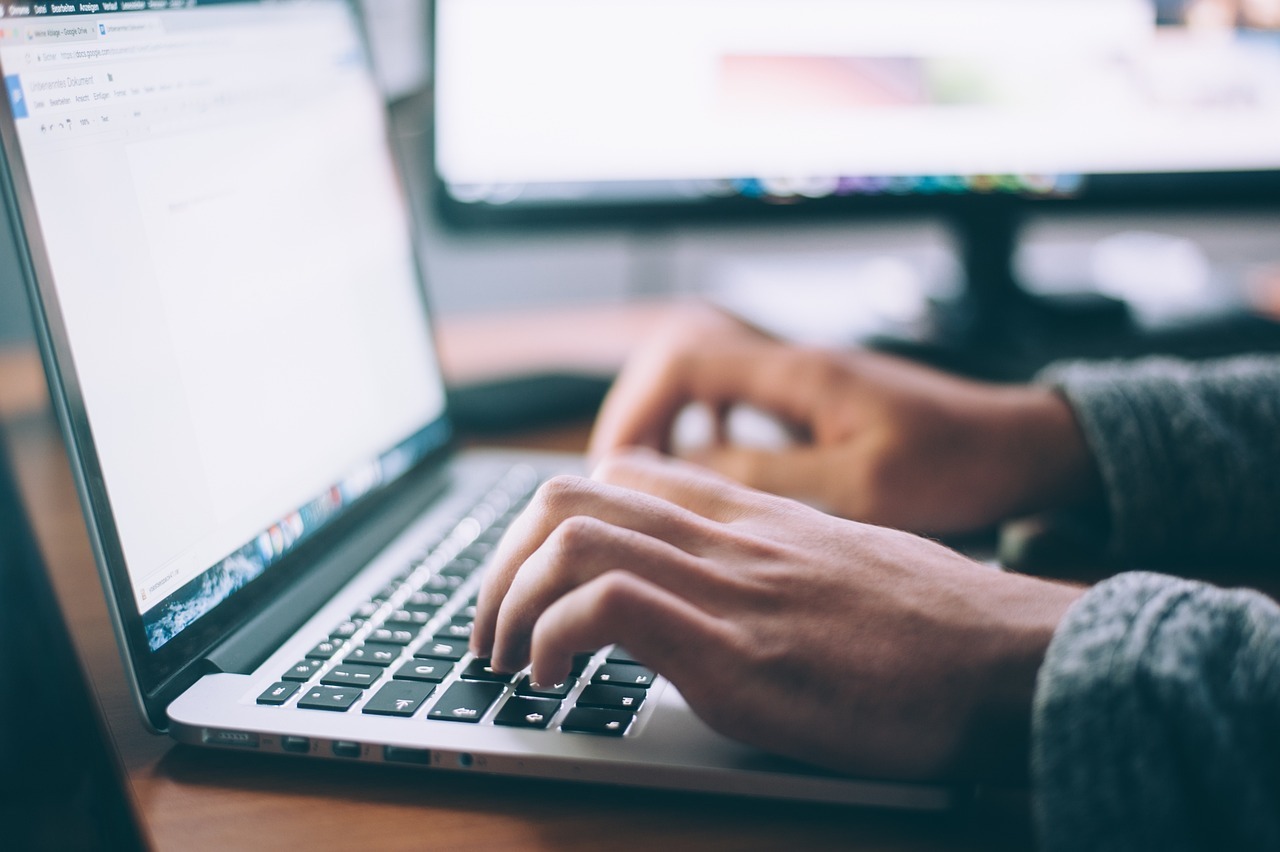In today’s globalized market, large enterprises face the challenge of maintaining effective communication with a vast and diverse customer base. The WhatsApp Business API offers a robust solution for scaling communication, allowing businesses to manage high volumes of interactions while maintaining personalization and efficiency.

The Importance of Scalable Communication
For large enterprises, scalability in communication is crucial. As customer bases grow, businesses need to handle increasing volumes of inquiries, transactions, and customer interactions without compromising service quality. The WhatsApp Business API provides the tools necessary to achieve this, offering features that support high-volume, real-time communication.
Key Features Enabling Scalability
- High Throughput Messaging: The WhatsApp Business API supports the sending and receiving of large volumes of messages simultaneously. This is essential for businesses during peak times, such as product launches or promotional campaigns, where millions of messages need to be delivered quickly and reliably.
For example, a global retail brand launching a new product line can use the API to send promotional messages to millions of customers at once, ensuring timely communication without overwhelming their systems. - Multi-agent Access: Large enterprises often have customer service teams spread across different locations. The WhatsApp Business API allows multiple agents to manage conversations simultaneously, ensuring that customer inquiries are handled promptly, even during busy periods.
This feature is particularly valuable for companies with distributed teams, enabling seamless coordination and efficient customer service management. - Integration with Existing Systems: The API integrates with Customer Relationship Management (CRM) systems and other business tools, allowing for automated and personalized communication. This integration ensures that customer data is consistent across platforms, making it easier to tailor messages and respond to inquiries efficiently.
For instance, a financial institution can integrate the API with its CRM to send personalized alerts and offers based on a customer’s financial history, improving engagement and satisfaction. - Automated Responses and Chatbots: To handle high volumes of inquiries, the WhatsApp Business API supports the use of chatbots and automated responses. These tools can manage routine queries, provide instant information, and escalate more complex issues to human agents when necessary.
For example, a telecommunications company can use a chatbot to answer common questions about billing or network issues, freeing up human agents to focus on more complex customer needs. - Global Reach with Localization: WhatsApp is a global platform, making it ideal for businesses operating in multiple regions. The API supports localization, allowing companies to send messages in various languages and tailored to specific cultural contexts, enhancing the customer experience.
A multinational company can use this feature to ensure that customers in different countries receive relevant, localized content, improving engagement and satisfaction.
Practical Applications
Retail Industry: Retail giants use the WhatsApp Business API to manage customer interactions during major sales events, such as Black Friday. The API’s high throughput messaging allows retailers to send promotional offers, order confirmations, and shipping updates to millions of customers in real-time. Additionally, chatbots can handle common inquiries, reducing the burden on customer service teams.
Financial Services: Banks and financial institutions use the API to send timely alerts, transaction confirmations, and personalized offers. Integration with CRM systems ensures that these messages are relevant and tailored to the individual customer, enhancing engagement and trust.
Healthcare: Large healthcare providers use the WhatsApp Business API to streamline patient communication. The API can be used to send appointment reminders, medication instructions, and health tips to millions of patients, ensuring that critical information is delivered promptly. Chatbots can also handle routine inquiries, such as questions about appointment scheduling or insurance coverage.
Travel and Hospitality: In the travel and hospitality industry, the WhatsApp Business API is used to enhance the customer experience by providing timely updates and personalized recommendations. For instance, a global hotel chain can use the API to send booking confirmations, check-in reminders, and personalized travel tips to guests, ensuring a seamless and personalized experience.

Challenges and Considerations
While the WhatsApp Business API offers significant scalability benefits, there are challenges that enterprises must address:
- Regulatory Compliance: Businesses must ensure that their use of the API complies with data protection regulations like GDPR. This includes managing customer data responsibly and obtaining explicit consent for marketing communications.
- Message Quality and Relevance: As businesses scale their messaging efforts, maintaining the quality and relevance of communication is crucial. Overloading customers with irrelevant messages can lead to high opt-out rates and damage the brand’s reputation. Segmentation and personalization are key to avoiding these pitfalls.
- Technical Complexity: Implementing the WhatsApp Business API at scale requires technical expertise, particularly in integrating the API with existing systems and managing the high volumes of data generated. Businesses must ensure their infrastructure can handle these demands to avoid disruptions.
- Customer Expectations: Balancing automation with personalization is critical. While chatbots and automated messages enhance efficiency, businesses must ensure that customers still feel valued and understood. Providing options for human interaction and ensuring that automated messages are personalized can help maintain a positive customer experience.
Conclusion
The WhatsApp Business API offers a powerful solution for large enterprises looking to scale their communication efforts. By leveraging features like high throughput messaging, multi-agent access, integration with existing systems, and automation, businesses can manage customer interactions efficiently while maintaining a high level of personalization.
However, successful implementation requires careful planning and consideration of regulatory compliance, message quality, technical complexity, and customer expectations. When used effectively, the WhatsApp Business API can transform how large enterprises engage with their customers, driving growth and customer satisfaction on a global scale.




















